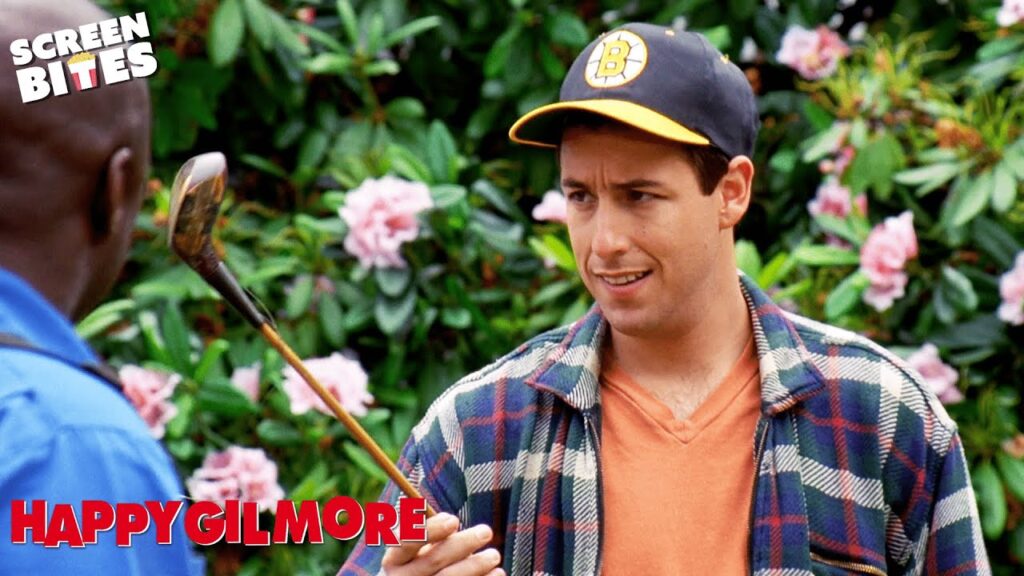
Introduction
Released in 1996, Happy Gilmore quickly became a cornerstone of sports comedy, showcasing the endearing and outrageous character of an unsuccessful hockey player who becomes an unexpected golf champion. Directed by Dennis Dugan and starring Adam Sandler, the film gained popularity not just for its humor but also for its distinct take on competitive sports, making it highly relevant as people engage with golf culture today.
The Plot and Its Appeal
Happy Gilmore, played by Adam Sandler, is a failed hockey player who discovers he has a unique talent for golf, particularly driving the ball long distances. The film juxtaposes Happy’s aggressive demeanor from hockey with the more subdued, genteel world of golf. His unconventional style, characterized by outbursts and an unfiltered sense of humor, resonates with audiences who appreciate the comedic blend of sports and life challenges. One of the film’s most memorable quotes, “I’m not a golfer. I’m a hockey player,” highlights Happy’s struggle and perspective.
Cultural Impact and Legacy
Over the decades, Happy Gilmore has left a lasting mark on both pop culture and the sports genre. The film introduced viewers to quirky characters, such as the iconic Shooter McGavin, played by Christopher McDonald, and cemented the image of Sandler as a leading comedic actor. Numerous phrases and scenes, including Happy’s infamous golf swings and his interactions with a competitive circuit, have made their way into everyday language, especially among golf enthusiasts.
Current Relevance and Influence
As golf has experienced a renaissance in recent years—especially among younger demographics—Happy Gilmore continues to influence how the sport is perceived. Golfing events and tournaments often reference or feature the film in promotions or advertisements, drawing connections between the comedic world of Happy and the competitive nature of real-world golf. The film has also triggered a resurgence of interest in golf-themed content, including video games and social media challenges that mimic Happy’s wild style.
Conclusion
In conclusion, Happy Gilmore remains an essential part of film history, marking a unique intersection of sports and comedy. Not only did it entertain audiences at its release, but it continues to resonate with new generations of viewers. Its impact on golf culture and the realm of sports comedies illustrates how a simple story involving an unconventional hero can transcend time, reinforcing the idea that anyone—even a troubled, comedic hockey player—can find success in unexpected places. As Happy Gilmore celebrates anniversaries, its legacy in the fabric of sports and film grows only stronger.